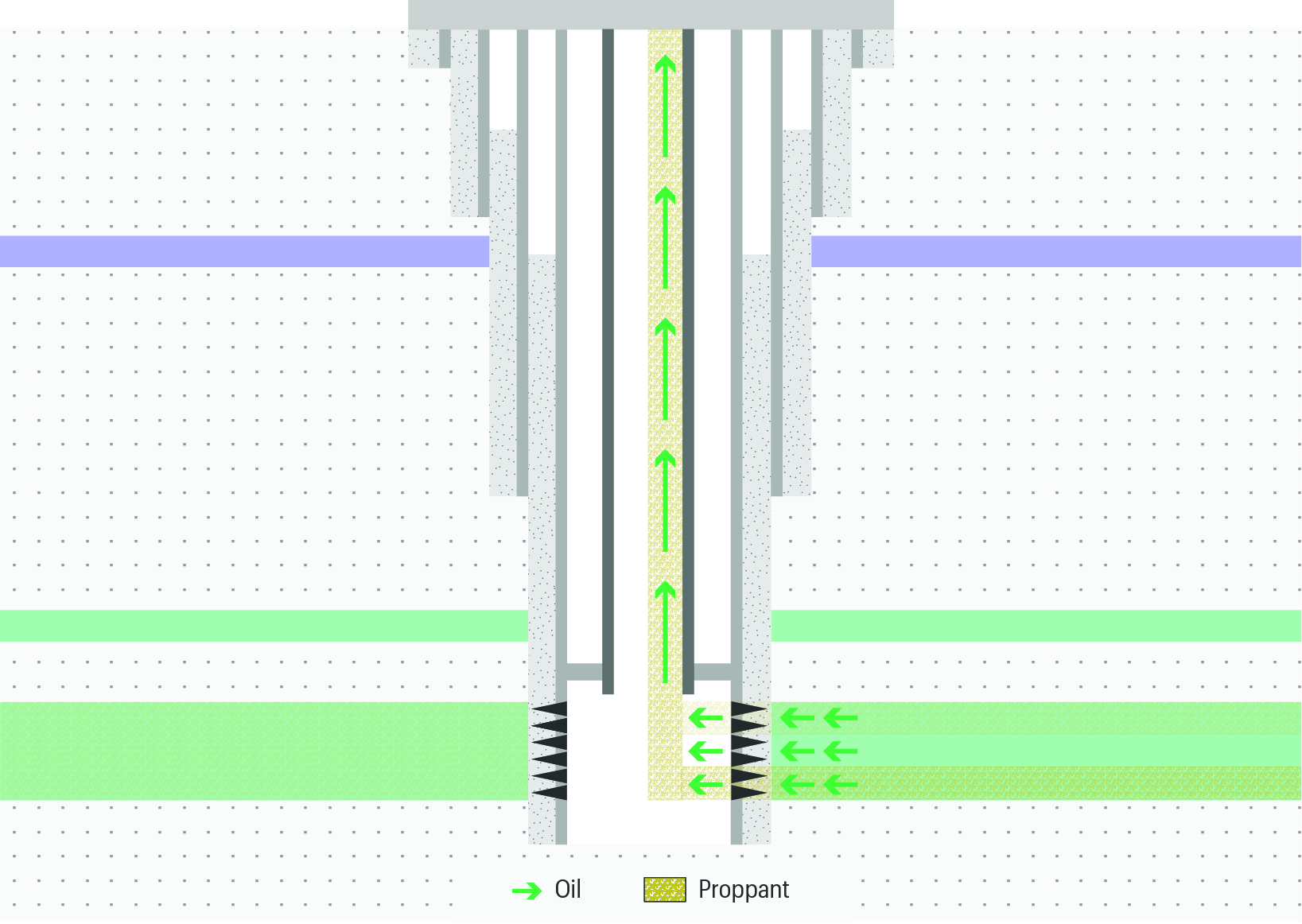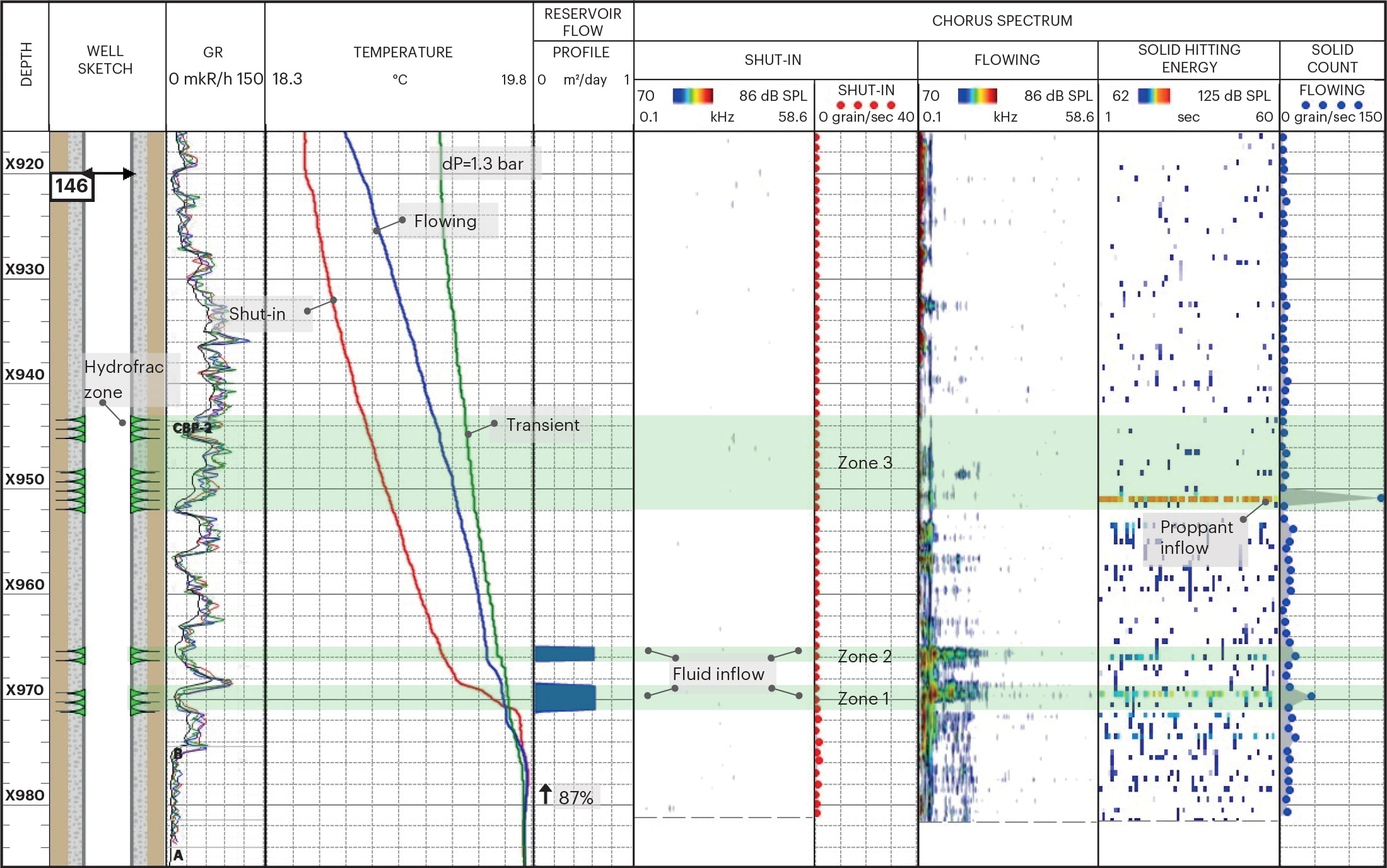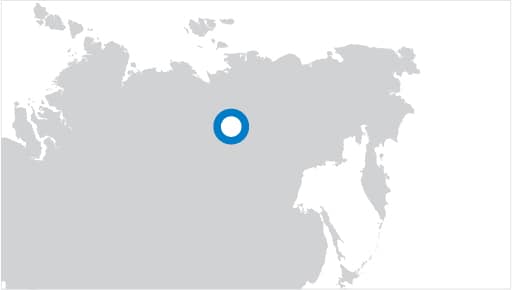Hydraulic fracturing creates a system of fractures by applying a high differential pressure to the formation. The proppant used to keep the induced fractures open may flow back into the well or to other parts of the well system. The ability to monitor proppant flow gives operators a clearer understanding of well behaviour and helps them to optimise the design of hydraulic fracturing operations elsewhere in the field.
Until now diagnostics have not been able to locate solid particle inflow intervals. The focus of this project was to devise and deploy acoustic technology that would deliver reliable results and identification of proppant backflow zones.


